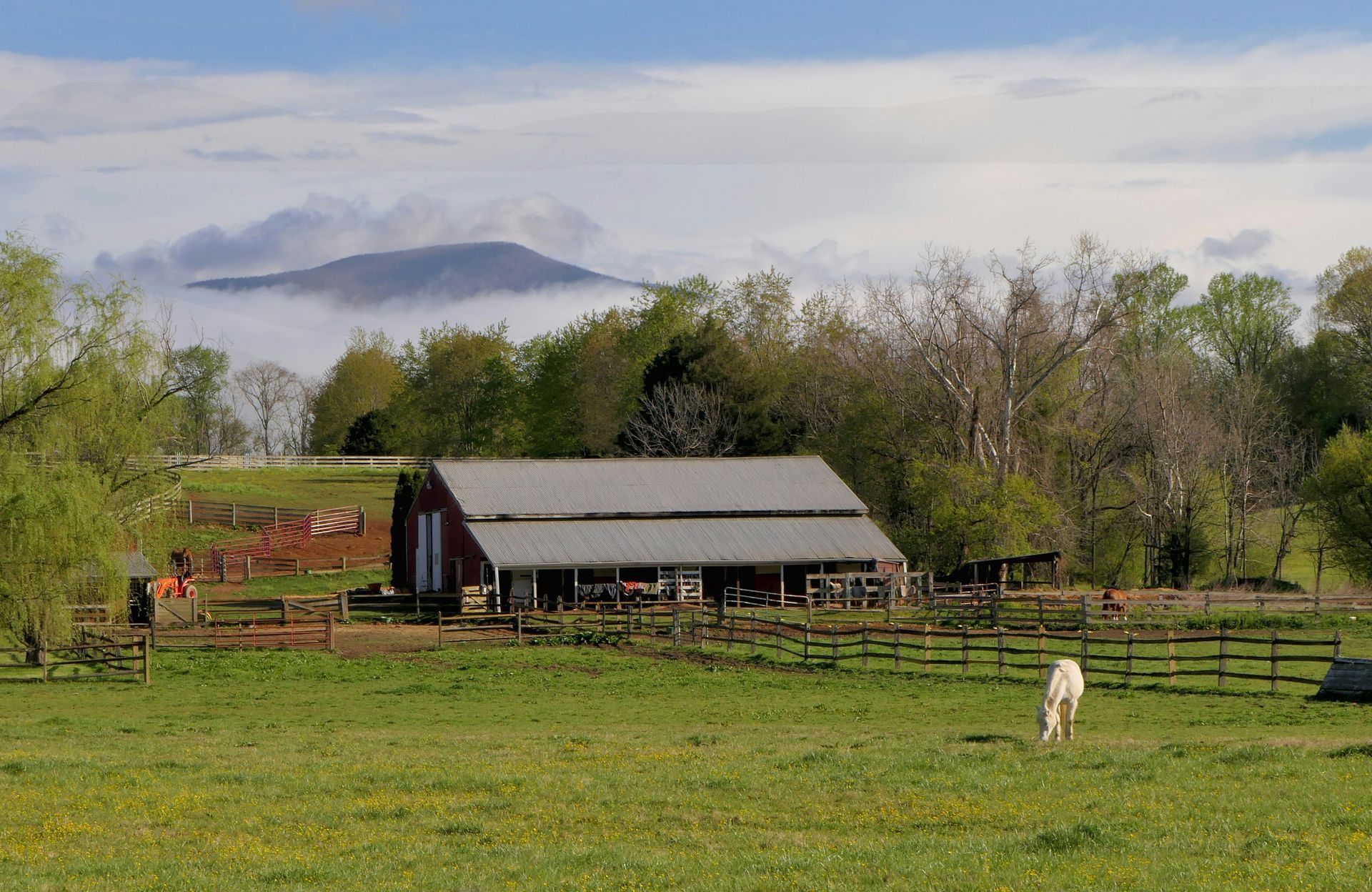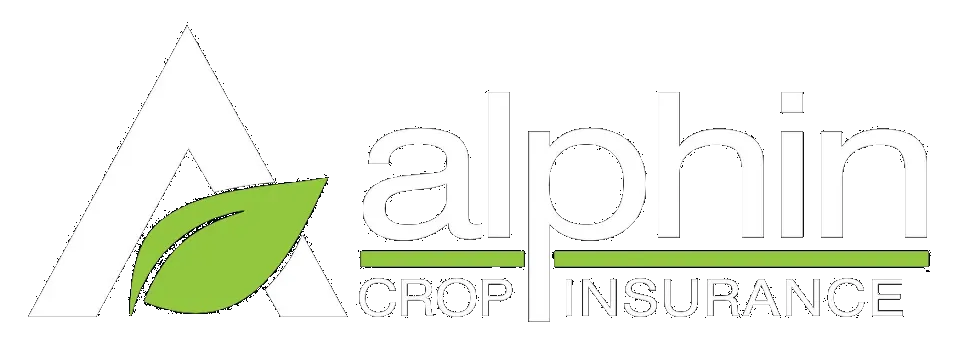Johnston County Crop Insurance
Insurance for Johnston County Growers
Local help from folks who know farming
From large row crop operations near Four Oaks to small produce farms around Smithfield, Johnston County agriculture runs deep. This part of North Carolina faces everything from late spring frosts to hurricanes — and crop insurance helps protect the time, work, and investment that farmers put into the land. We walk growers through their options and stick with them through sign-up, reporting, and beyond. Our team knows the community and works hard to make things easy to understand.


Insurance Options for Johnston County
USDA-backed plans for local farms
We’ll help you find the right crop insurance coverage based on your land, operation type, and financial goals. From row crops to direct-market produce, there’s a plan for nearly every kind of farm here.
Multi-Peril Crop Insurance (MPCI)
Coverage for crop loss due to hurricanes, drought, and excessive rain — common for soybeans, corn, and cotton.
Revenue Protection
Helps when crop prices fall or you don’t meet expected yields.
Whole-Farm Revenue Protection (WFRP)
Covers your entire farm’s income under one policy — ideal for diverse or specialty operations.
Actual Production History (APH) Policies
Based on your past yields — good for peanuts, tobacco, and other NC staples.
Livestock Risk Protection (LRP)
Helps cattle producers manage price risk without needing a futures account.
Pasture, Rangeland & Forage (PRF)
Supports hay and grazing land when rainfall is below average.
Nursery & Specialty Crop Policies
For growers raising vegetables, berries, or nursery plants for market.
Map Books & Planning Tools
Free field-level maps to help you report acres and stay organized.
What crops are commonly insured in Johnston County?
Soybeans, corn, wheat, tobacco, and cotton are some of the most commonly insured crops in this area. Coverage is also available for peanuts and specialty crops in some cases. We’ll check your FSA records and crop plans to see which programs apply. If you grow multiple crops or market directly, we may recommend a whole-farm plan.
When do I need to sign up for crop insurance?
The sign-up window depends on the policy type, but most spring-planted crop deadlines fall in February or March. Whole-farm and PRF plans have earlier deadlines. We’ll help you track what applies to your crops and remind you when it’s time to renew or enroll. Planning early gives you the most flexibility.
Do you serve smaller farms or direct-market growers?
Yes — we work with farms of all sizes. If you grow fruits, vegetables, or multiple commodities, we may suggest Whole-Farm Revenue Protection. That policy is designed for growers who sell directly to consumers, markets, or through CSA programs. We’ll explain how it works and see if it fits your operation.
What’s the benefit of having a map book?
Our map books show field outlines, tract numbers, and acre breakdowns so you can stay on top of your reporting. We include them at no cost for our clients. Whether you farm in Benson, Princeton, or Selma, these maps help avoid mistakes when reporting and make claims smoother if something goes wrong.
Will you come out to my farm?
Absolutely. We visit farms all over Johnston County and believe the best service starts in the field. If you want to walk the land or go over your current policy in person, just give us a call. We don’t believe in one-size-fits-all — we believe in showing up.
